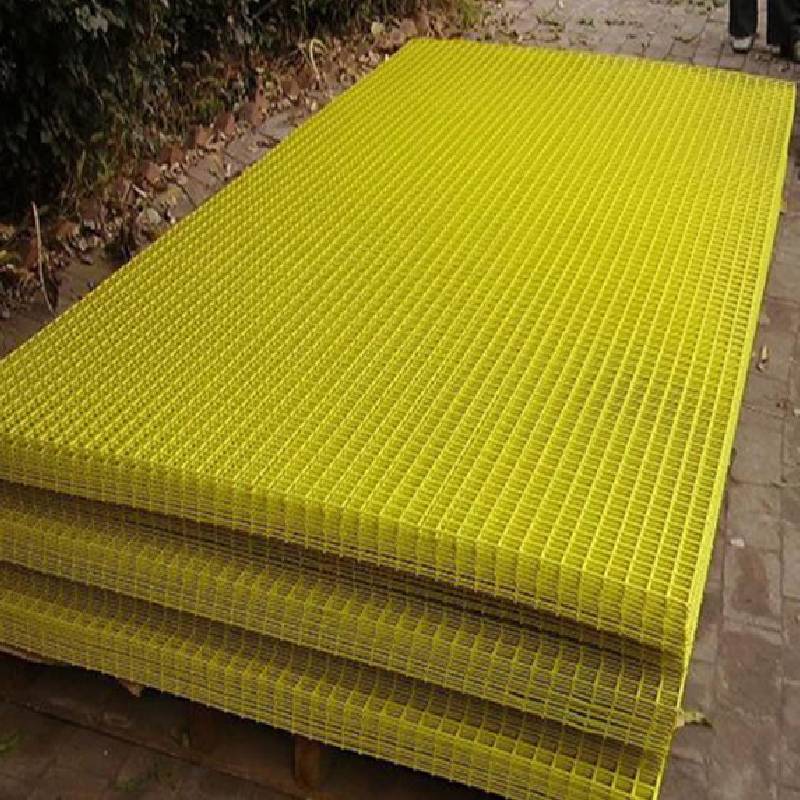
- Mobile Phone
- +8613931874955
- sales@cntcmetal.com
masonry ties for brick veneer
Masonry Ties for Brick Veneer A Comprehensive Overview
Brick veneer construction has gained popularity due to its aesthetic appeal, durability, and low maintenance. This method allows for the beauty of brick while relying on a structural backup, typically wood or metal framing. However, one crucial element often overlooked in the design and construction of brick veneer walls is the masonry tie—essential for ensuring the stability and integrity of the structure.
What Are Masonry Ties?
Masonry ties, also known as wall ties, are connectors that secure the brick veneer to the structural framing behind it. They are crucial for maintaining the alignment of the veneer, providing stability, and enabling the veneer to perform adequately in terms of load distribution and resistance to wind pressures. These ties play an essential role in preventing the veneer from separating from the backing wall, thereby ensuring the longevity and safety of the construction.
Types of Masonry Ties
There are several types of masonry ties used in brick veneer construction, each designed for specific applications and building requirements. The most common types include
1. Galvanized Steel Ties These are among the most widely used types of ties due to their strength and corrosion resistance. Galvanized steel ties come in various shapes and sizes, allowing for flexibility in design.
2. Stainless Steel Ties Although more expensive, stainless steel ties offer superior durability and resistance to corrosion, making them ideal for coastal or high-humidity environments.
3. Plastic Ties These are lightweight and resistant to corrosion, but they have less load-bearing capacity compared to metal ties. Plastic ties are often used in lighter applications.
4. Composite Ties Made from a combination of materials, composite ties are engineered to provide strength while minimizing thermal bridging, which can help improve energy efficiency.
Installation Considerations
Proper installation of masonry ties is critical to the performance of brick veneer walls
. A few key considerations includemasonry ties for brick veneer

1. Spacing The spacing of ties must be consistent and adhere to local building codes, as it affects the distribution of loads and resistance to lateral forces. Typically, anchors are spaced every 24 inches horizontally and vertically.
2. Placement Ties should be installed at points where they can effectively engage both the brick and the framing. This may include attaching ties through the mortar joints or directly into the brick.
3. Combining Types In some cases, using different types of ties in conjunction may be necessary to meet specific building requirements or to address conditions such as moisture management and thermal movement.
4. Inspection Regular inspections during construction are crucial to ensure that ties are installed correctly and are in good condition. Any damaged ties should be replaced immediately to avoid future issues.
Benefits of Proper Tie Usage
The correct use of masonry ties provides numerous benefits
- Structural Integrity Ties help maintain the vertical and horizontal alignment of the veneer, ensuring that the entire wall remains structurally sound.
- Wind Resistance By anchoring the veneer to the structure, masonry ties contribute to the overall wind resistance of the building, which is especially important in areas prone to high winds or storms.
- Moisture Control Properly spaced ties allow for adequate ventilation behind the veneer, helping to manage moisture levels and prevent mold or rot in the framework.
- Aesthetic Quality Quality ties assist in maintaining the appearance of the brick veneer wall, preventing unsightly bulges or gaps that could mar its visual appeal.
Conclusion
Masonry ties are a fundamental component of brick veneer construction that significantly contributes to the stability, safety, and aesthetics of the structure. By choosing the right type of ties, ensuring proper installation, and adhering to building codes, builders can create resilient and visually pleasing walls that stand the test of time. Whether for residential or commercial projects, understanding and implementing effective masonry tie systems is vital for successful brick veneer construction.
share:
-
Why Sacrificial Formwork Is Redefining Underground ConstructionNewsJun.06,2025
-
The Structural Dynamics of Modern Concrete: How Snake Spacers Revolutionize Flexible ReinforcementNewsJun.06,2025
-
Snake Spacers Smart-Lock Concrete Reinforcement with Surgical PrecisionNewsJun.06,2025
-
Snake Spacers: Reinforcement Precision for Modern Concrete ProjectsNewsJun.06,2025
-
Snake Spacers Powering Concrete's Structural DNANewsJun.06,2025
-
Slither into Success: Snake Spacers' Precision Bite for Unbreakable ReinforcementNewsJun.06,2025
-
Sacrificial Formwork: Building Stronger, Faster, and Safer StructuresNewsJun.06,2025



















